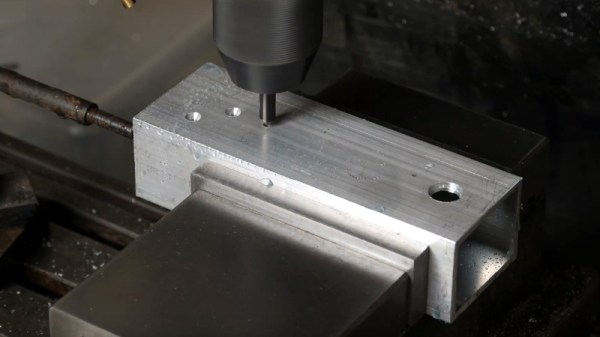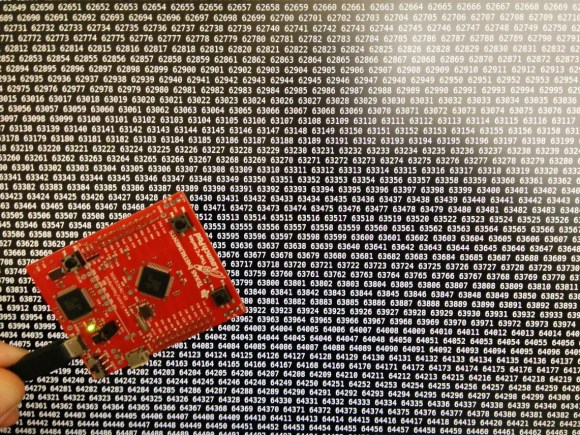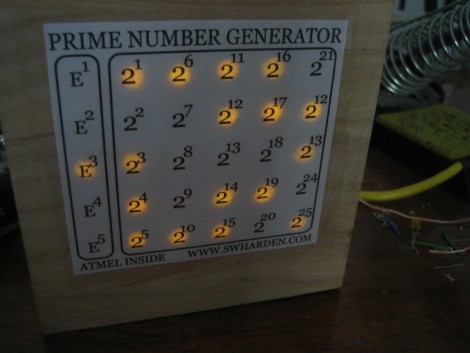Back in 2013, [Karl Lautman] successfully got his kinetic sculpture Primer funded on Kickstarter. As the name implies, you press the big red button on the front of the device, and the mechanical counter at the top will click over to a new prime number for your viewing pleasure. Not exactly a practical gadget, but it does look pretty slick.
 These days you can still by your very own Primer from [Karl], but he tells us that the sales aren’t exactly putting food on the table. At this point, he considers it more of a self-financing hobby. To illustrate just what goes into the creation of one of these beauties, he’s put together a time-lapse video of how one gets built from start to finish, which you can see after the break.
These days you can still by your very own Primer from [Karl], but he tells us that the sales aren’t exactly putting food on the table. At this point, he considers it more of a self-financing hobby. To illustrate just what goes into the creation of one of these beauties, he’s put together a time-lapse video of how one gets built from start to finish, which you can see after the break.
Even if you’re not interested in adding a mathematics appliance to your home, we think you’ll agree that the video is a fascinating look at the effort that goes into manufacturing a product that’s only slightly north of a one-off creation.
The biggest takeaway is that you really need to be a jack of all trades to pull something like this off. From milling and polishing the metal components to hand-placing the SMD parts and reflowing the board, [Karl] demonstrates the sort of multi-disciplinary mastery you need to have when there’s only one person on the assembly line.
Small scale manufacturing isn’t cheap, and is rarely easy. But stories like this one prove it’s certainly possible if you’re willing to put in the effort.
Continue reading “A Behind The Scenes Look At Small Scale Production”














